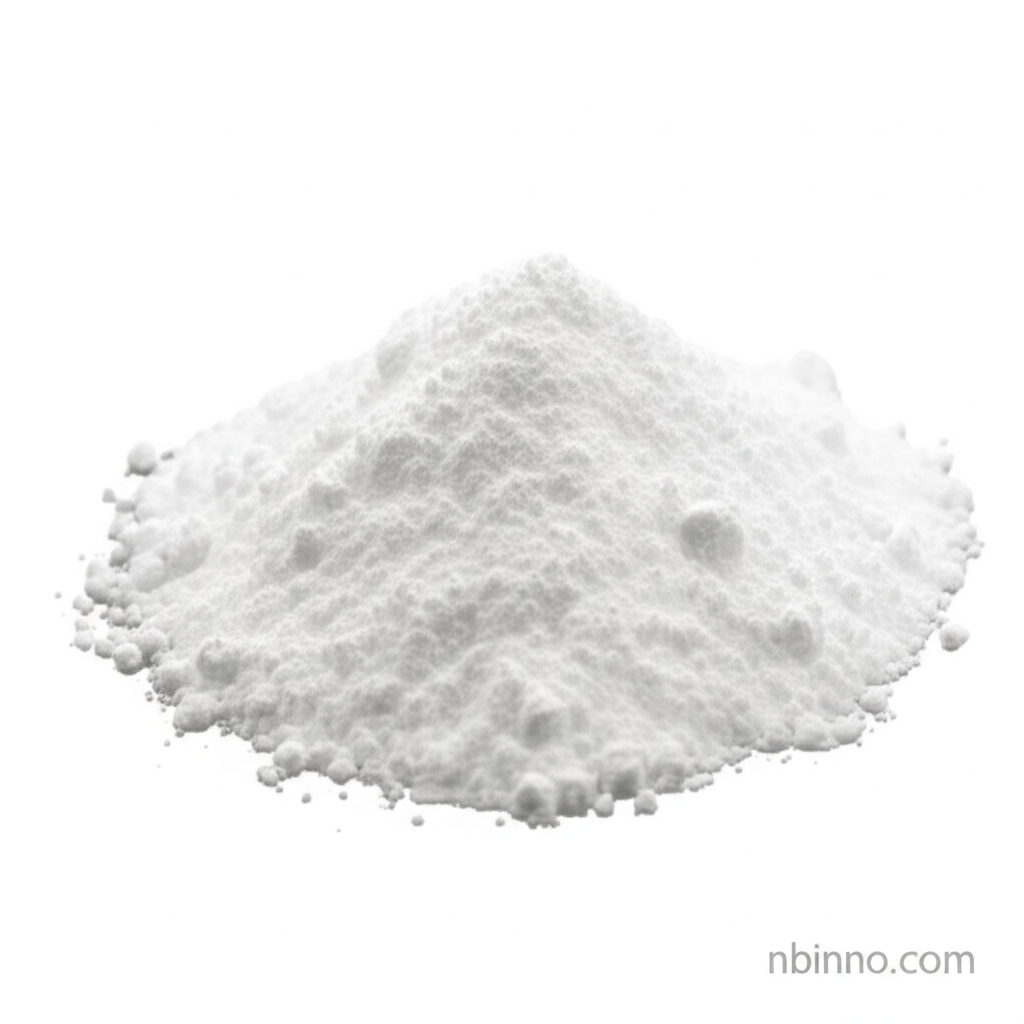Tricyclohexylphosphine: A Versatile Ligand for Catalysis and Organic Synthesis
Explore the power of PCy3 in driving key catalytic reactions and advancing synthetic chemistry.
Get a Quote & SampleProduct Core Value

Tricyclohexylphosphine
Tricyclohexylphosphine, identified by CAS number 2622-14-2, is a tertiary phosphine distinguished by its significant steric bulk and strong electron-donating capabilities. This makes it an indispensable component in modern organometallic chemistry and transition metal catalysis.
- Unlock efficient catalytic transformations with the superior performance of tricyclohexylphosphine as a ligand in Buchwald coupling reactions.
- Leverage the power of PCy3 ligand applications for enhanced selectivity and reactivity in Suzuki coupling catalysts.
- Discover the role of tricyclohexylphosphine in organometallic chemistry, facilitating complex synthesis pathways.
- Utilize tricyclohexylphosphine CAS 2622-14-2 uses in various organic synthesis projects for improved yields and outcomes.
Key Advantages
Enhanced Catalytic Activity
The bulky cyclohexyl groups of tricyclohexylphosphine provide critical steric shielding, allowing for finely tuned catalytic activity, which is essential for demanding synthetic applications.
Versatile Application in Coupling Reactions
As a key player in various coupling reactions, tricyclohexylphosphine is instrumental in the advancement of palladium-catalyzed Suzuki-Miyaura and related cross-coupling reactions, significantly improving catalyst activity.
High Purity and Stability
Available as a white solid with high purity, this compound offers reliable performance in homogeneous catalysis and specialized chemical processes, meeting stringent research and industrial demands.
Key Applications
Transition Metal Catalysis
Tricyclohexylphosphine is a vital ligand for transition metal catalysts, enhancing their performance in a wide array of chemical transformations.
Cross-Coupling Reactions
Its effectiveness as a catalyst ligand in Buchwald and Suzuki coupling reactions makes it a staple for forming carbon-carbon and carbon-heteroatom bonds.
Organic Synthesis
The compound facilitates various organic synthesis pathways, contributing to the efficient production of complex molecules and intermediates.
Pharmaceutical Intermediates
Its application extends to the synthesis of pharmaceutical intermediates, where precise catalytic control is paramount for product quality.
Related Technical Articles & Resources
Why Choose Us?
Leverage our expertise and state-of-the-art infrastructure to accelerate your journey from discovery to commercial success.
Global Experience
With 20 years of R&D, manufacturing, and sales experience, we proudly serve clients across 60 countries and regions worldwide.
Advanced Facilities
Our in-house R&D laboratory, pilot platform, and large-scale production workshop are equipped to meet the audit requirements of global customers.
Seamless Scalability
We facilitate a perfect transition from small-scale lab requirements (grams) to full commercialization (hundreds of tons).
